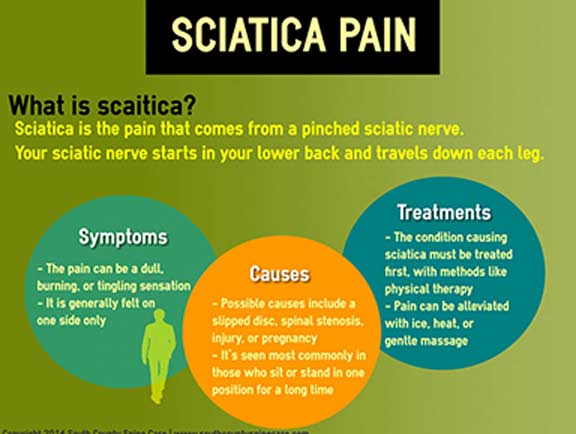Simply When You Assume Alleviation Is Near, Soft Tissue Treatment Discloses Its Unpleasant Realities-- Discover Why The Process Can Be Agonizing Yet Helpful
Simply When You Assume Alleviation Is Near, Soft Tissue Treatment Discloses Its Unpleasant Realities-- Discover Why The Process Can Be Agonizing Yet Helpful
Blog Article
Produced By-Carson Rossi
When you go through soft Tissue therapy, you could locate it surprisingly uneasy. This pain develops as stress is related to stressful muscles and damaged tissues, activating your pain receptors. While it can feel stressful in the minute, there's a factor behind this experience. Recognizing what takes place in your body during these therapies can help you value the procedure. So, what exactly is going on underneath mouse click the next document ?
The Physiology of Pain During Soft Tissue Treatment
When you go through soft Tissue therapy, your body's reaction to discomfort is a complicated interaction of physical procedures. As the specialist uses pressure, your body activates discomfort receptors, sending out signals to your mind. This triggers the release of natural chemicals, such as substance P and glutamate, which intensify the feeling of pain.
Your muscles might also tense up in response, further complicating the experience. Additionally, your body may release endorphins, all-natural medicines that can help reduce some pain.
The communication between these processes can develop an unique experience for every person. Comprehending this physiological action assists you browse the experiences throughout treatment, enabling you to value the balance in between pain and the potential for recovery advantages.
The Duty of Pain in the Healing Refine
Although pain during soft Tissue treatment can really feel frustrating, it plays a vital duty in the healing process. When you experience pain, your body is signaling that it's working to fix broken tissues. This feedback aids enhance blood flow to the affected area, supplying necessary nutrients and oxygen required for healing.
In addition, discomfort can advertise the launch of endorphins, your body's all-natural painkillers, creating a feeling of alleviation post-treatment. Welcoming this discomfort can assist you understand your body's limitations and urge you to deal with underlying problems.
While it's unpleasant now, this procedure is essential for long-lasting recuperation and improved function. Identifying pain as an essential part of healing can equip you to stay dedicated to your therapy.
Tips for Managing Discomfort Throughout and After Therapy
Managing pain during and after soft Tissue treatment can significantly improve your total experience and recuperation.
To start, connect openly with your specialist regarding your discomfort degrees; they can adjust strategies appropriately. Utilizing deep breathing strategies can additionally aid you loosen up and reduce discomfort.
Consider using ice to the treated area post-session to lower inflammation and numb discomfort. Staying moisturized aids in the recuperation process, so consume a lot of water.
Gentle extending and light activity after treatment can advertise blood flow and convenience tightness. Last but not least, guarantee you get sufficient rest to allow your body to heal.
Implementing these ideas can make your soft Tissue treatment much more convenient and enjoyable.
Conclusion
In conclusion, while soft Tissue treatment can be uneasy, it's crucial to identify that this pain plays an essential function in your healing trip. By comprehending the physiological actions at play, you can approach the therapy with an extra positive state of mind. Keep in massage after liposuction , the preliminary pain usually paves the way to relief as your body launches endorphins. Welcome the process, and don't be reluctant to make use of the pointers for taking care of discomfort to improve your experience and healing.
